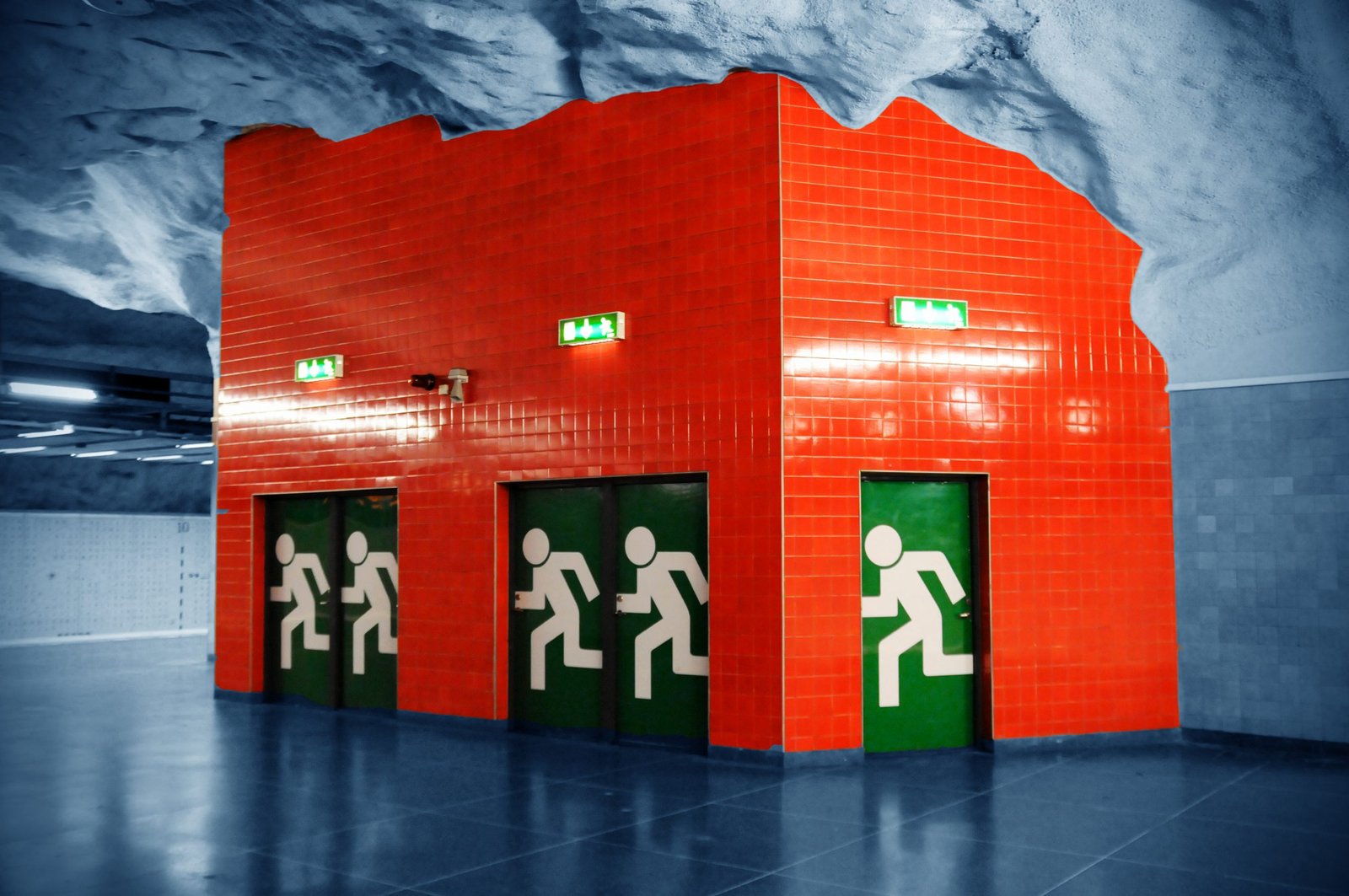Emergency situations that occur in confined spaces are some of the most dangerous. Aside from the obvious fact that space is limited and there are minimal points of entry and egress, these situations can result in multiple fatalities when one too many would-be rescuer crowds into the space.
According to NIOSH, more than 60% of deaths in confined spaces are those who attempt rescue without being fully trained and adequately equipped.

Your Confined Space Rescue Team
The primary rule for safely rescuing someone from a confined space is to guarantee that properly trained rescue personnel are available during confined space work. These could be external experts or properly and fully trained internal employees, but they must be available for immediate deployment and must have all the necessary gear available and ready.
Internal rescue teams must take part in practicing confined space rescues, using mannequins and representative physical situations. They must also be trained in first aid and cardiopulmonary resuscitation (CPR), and at least one team member must be certified in CPR.
The rescue team must be apprised of all facilities in which confined space work will be conducted, and must have access to and knowledge of physical plans and emergency communication procedures.
Your organization must have a confined space hazard assessment and control program in place and it must be reviewed regularly.
Rescue Types
There are three types of confined space rescue.
Self-Rescue
Self-rescue involves an entrant (the worker) leaving the space under their own power, either because they have identified a hazard or are feeling ill.
Self-rescue removes the need for other people to enter the space, but requires that the individual has been fully briefed or trained on safe self-exit procedures. This might include safely disengaging or powering down equipment, as well as procedures for correct exit, following a checklist, and moving slowly and deliberately to identify and avoid additional hazards.
Non-Entry (External) Rescue
Non-entry rescue uses assistive tools to eliminate the need for additional people to enter the space. These tools might include a harness that the entrant dons and is then lifted by pulleys and ropes.
Careful planning must ensure that retrieval systems won’t get snagged or caught on obstacles in either emergency or non-emergency situation. This is doubly critical when the entrant is using an air supply line, since entanglement is a constant threat.
Even in situations where non-entry rescue techniques are deemed primary, an entry rescue team or specialist must be immediately available.
Entry Rescue
Entry rescue involves additional people entering the confined space to perform the rescue. This method poses the greatest threats.
Entry teams must be fully briefed on the space, including any new information that might have changed its safety and integrity.
Careful planning and communication must be used to ensure all rescue personnel plus necessary equipment can safely be used in the extrication process. Of particular importance is the decision for spinal immobilization of the injured party. This will depend on available room to move as well as additional life-threatening situations such as a poisonous atmosphere.
Clear communication technologies free of static and interference are needed to keep in contact with attending medical professionals immediately outside the rescue zone.
Time Sensitive and Non-Time Sensitive Rescues
Time sensitivity is a vital identifying factor in all confined space rescues.
A time sensitive rescue usually involves atmosphere (specifically, air supply or toxic vapors) and points to a maximum rescue time of six minutes. A fire-related issue might make that time window even smaller.
A non-time sensitive rescue might include a non-life-threatening injury like a broken ankle, which requires careful rescue but without an imminent life-threatening danger.
All Points Must Be Considered
The safe rescue of a person from a confined space starts long before an emergency occurs. Walkthroughs, visualizations, and lessons from previous experiences and experienced rescuers must be thoroughly attended to.
Some key rescue snags can include:
- Ladders may be easy to use to climb down into a tank, but a winch/tripod system for lifting a stretcher or harnessed patient must remain safely balanced both during the lift out of the tank as well as the descent externally to the medical team.
- Air tanks and other bulky gear will likely need to be removed and manually passed from hand to hand when entering small apertures.
- Corrosive atmospheres might cause unseen structural damage to nylon harnesses, and metal object can be a source of spark or static discharge.
- “Bomb proof anchors” is a term that describes rigging that can withstand the demands of moving and lifting people and obstacles without failure. A secondary anchor is always advisable. Rigging must also take into consideration friction, contact with bends and edges, and overuse of connectors like carabiners.
- Rigging and pulley systems require a thorough knowledge of weight and pulley ratios. There is a specific parlance – use of word, tugs, and signals that must be learned thoroughly by all team members.
- It is easy for rescuers to lose track of time and develop tunnel vision when working in a rescue situation. Tunnel vision can affect hearing, with rescuers no longer able to pay attention to instructions from their superiors. In addition, lives can be lost when pursuing the rescue of a victim who has already died. These are difficult prioritizations to make in the best of times and are many times more dangerous in situations of confined space and time.
Ultimately, safely rescuing someone from a confined space situation involves training, practice, and ongoing education.



